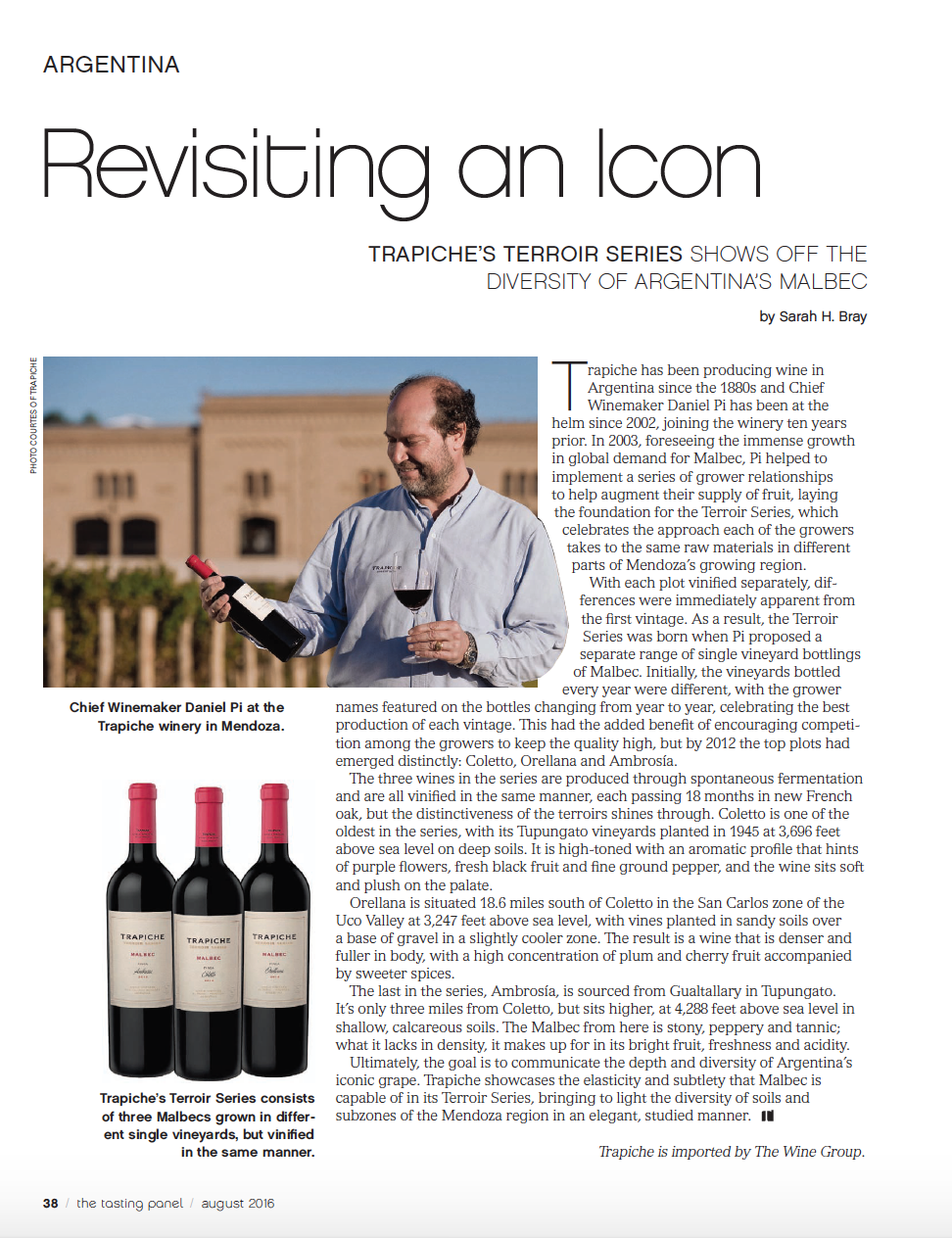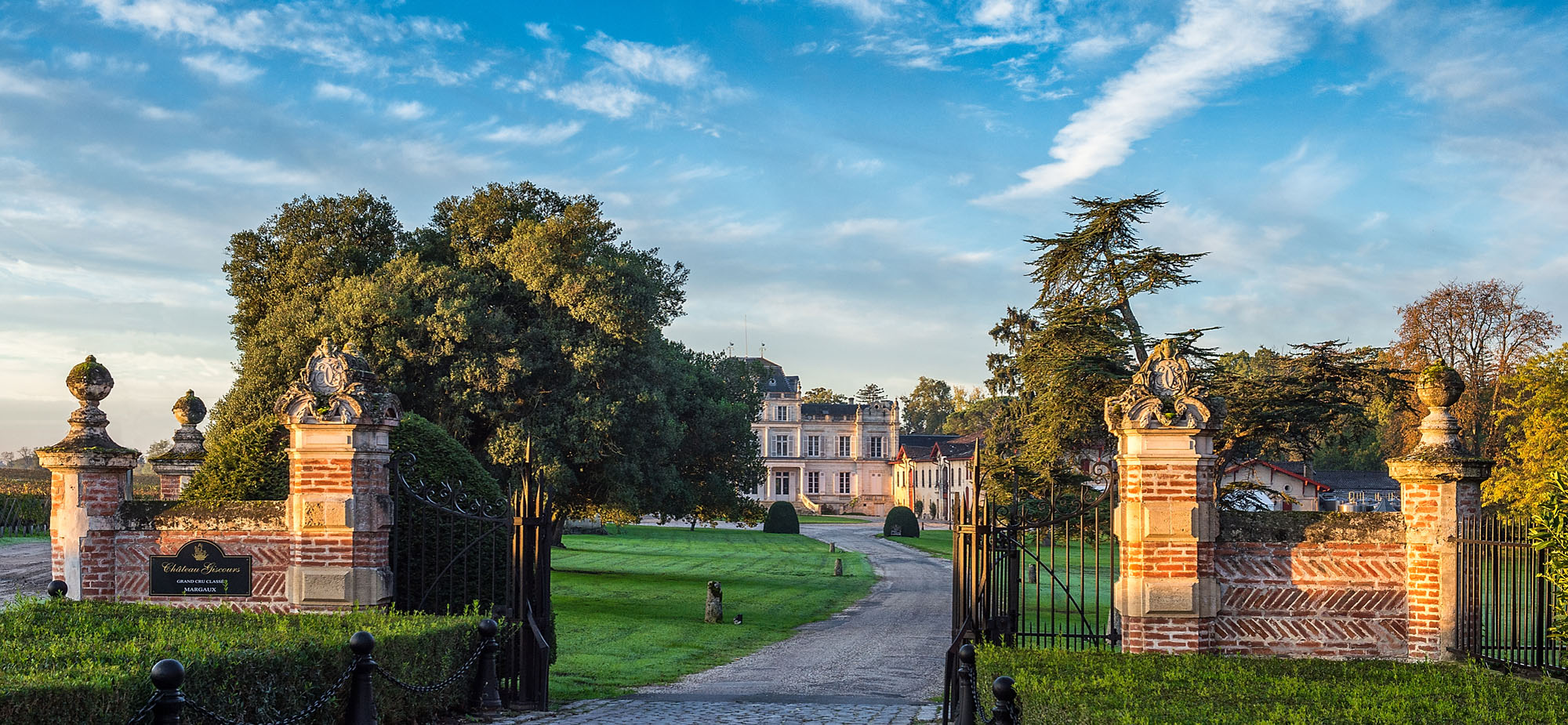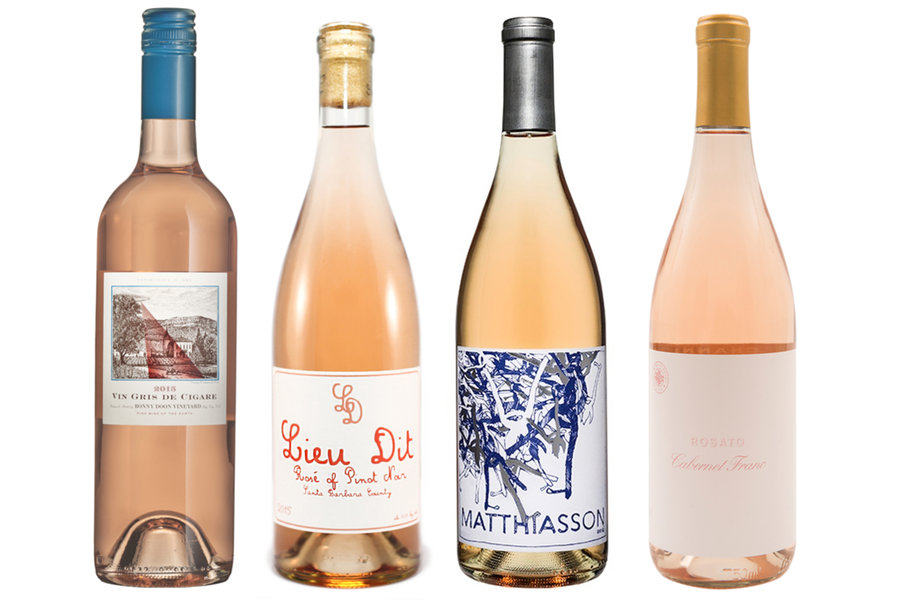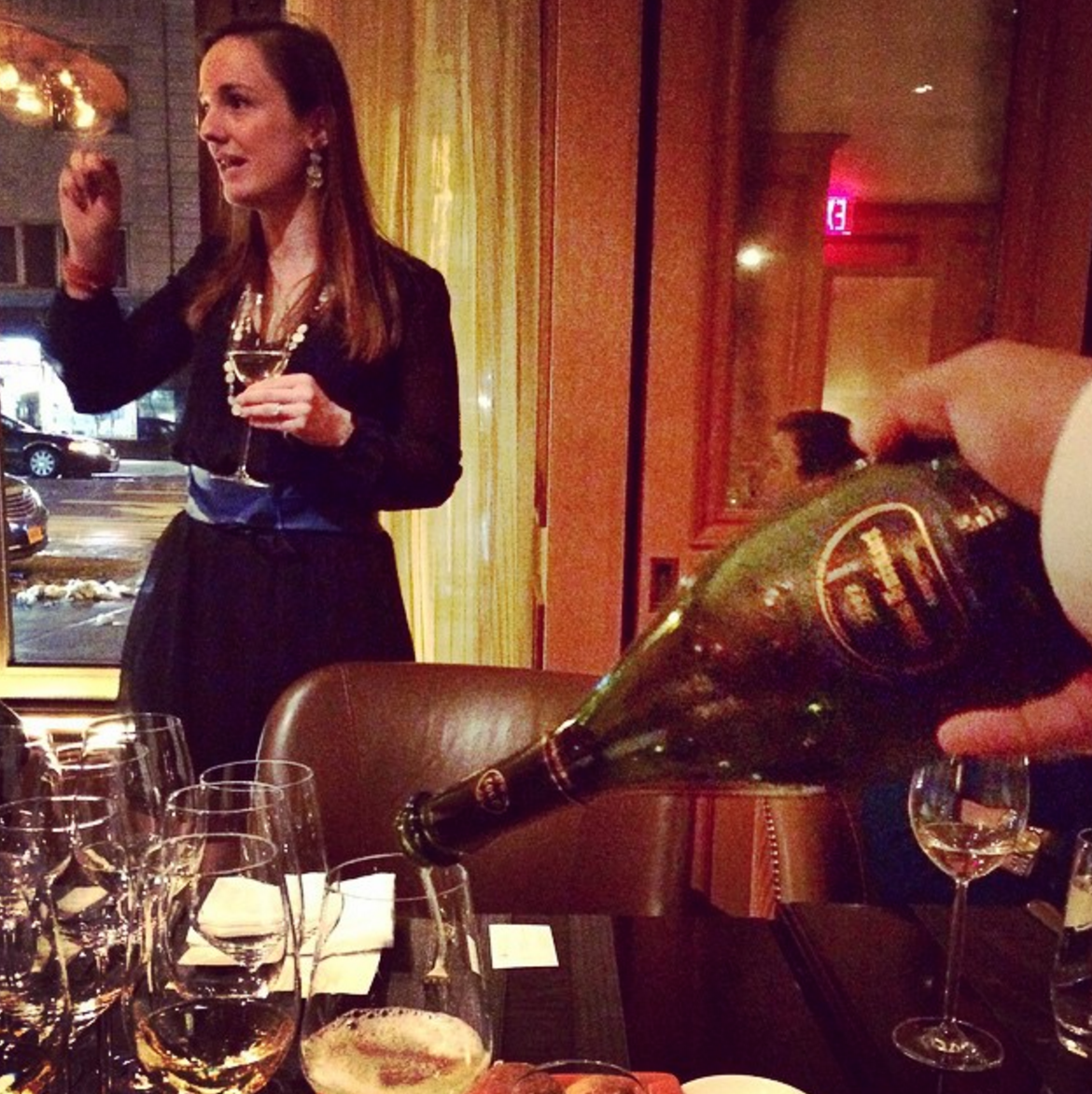I’m currently pursuing my Diploma certification through the Wines & Spirits Education Trust, and the below is an exploration of the topic of branding in wine as part of the unit dedicated to the Global Business of Wine. Results are in (I passed with distinction!), so I’m happy to be able to share this here. Text and research are my own, and I’ve included sourcing as appropriate.
The Brief: Wine branding is important across the price spectrum from the likes of Blossom Hill to Château Lafite-Rothschild. Many in the industry strive to create and sustain wine brands but do consumers benefit from them as much as those who own them?
Branding is a huge force in global business, connecting a name, an image, and perhaps a concept intimately with a product in order to create a relationship with the end consumer, ultimately driving purchase intent. Within the context of wine, however, it is a nuanced subject due to the fact that wine is a living product and that much of its value, many argue, is intrinsically variable, with the product changing from vintage to vintage, place to place, and even over time in bottle. Yet creating a brand – and brand loyalty – is an integral part of selling a product, so producers large and small seek a variety of means of connecting their product to the consumer, especially in a field as fragmented and crowded as wine. This essay explores the unique challenges of branding in wine along with some successful attributes, specifically within the field of still light wines, and how the role of brands in wine affects the consumer. Continue reading →









